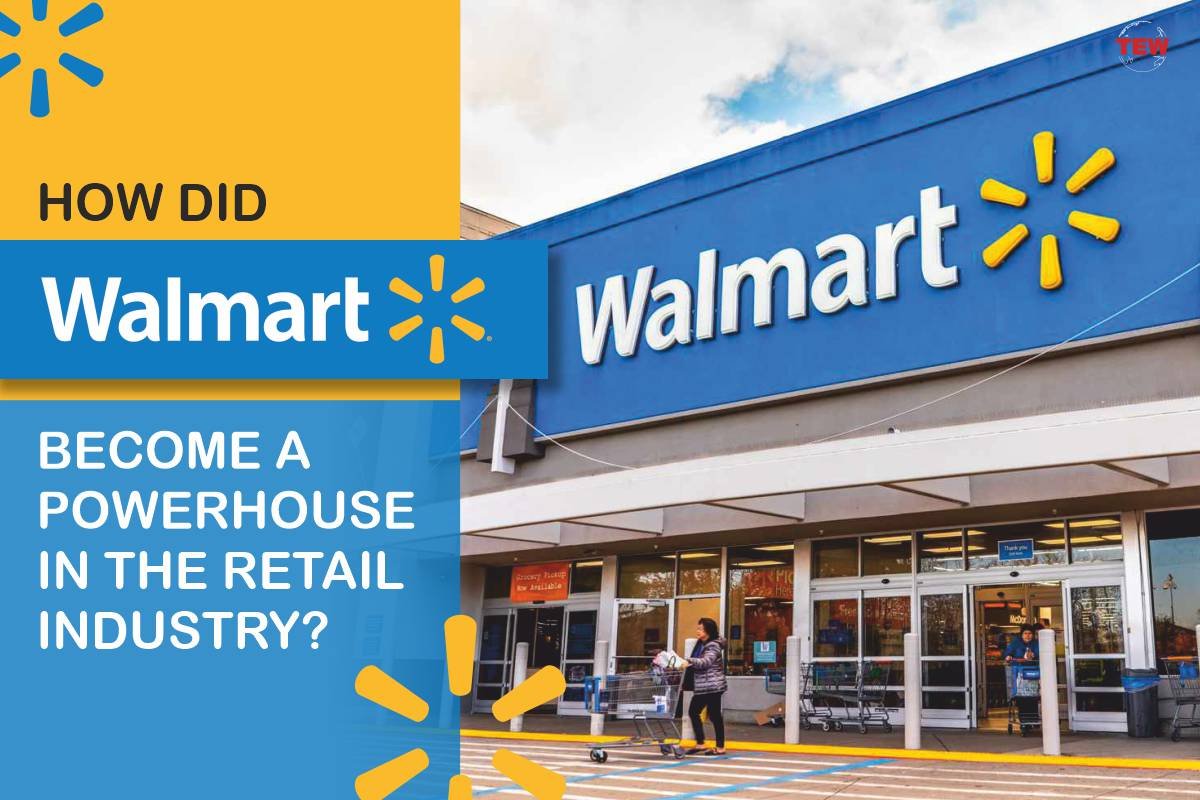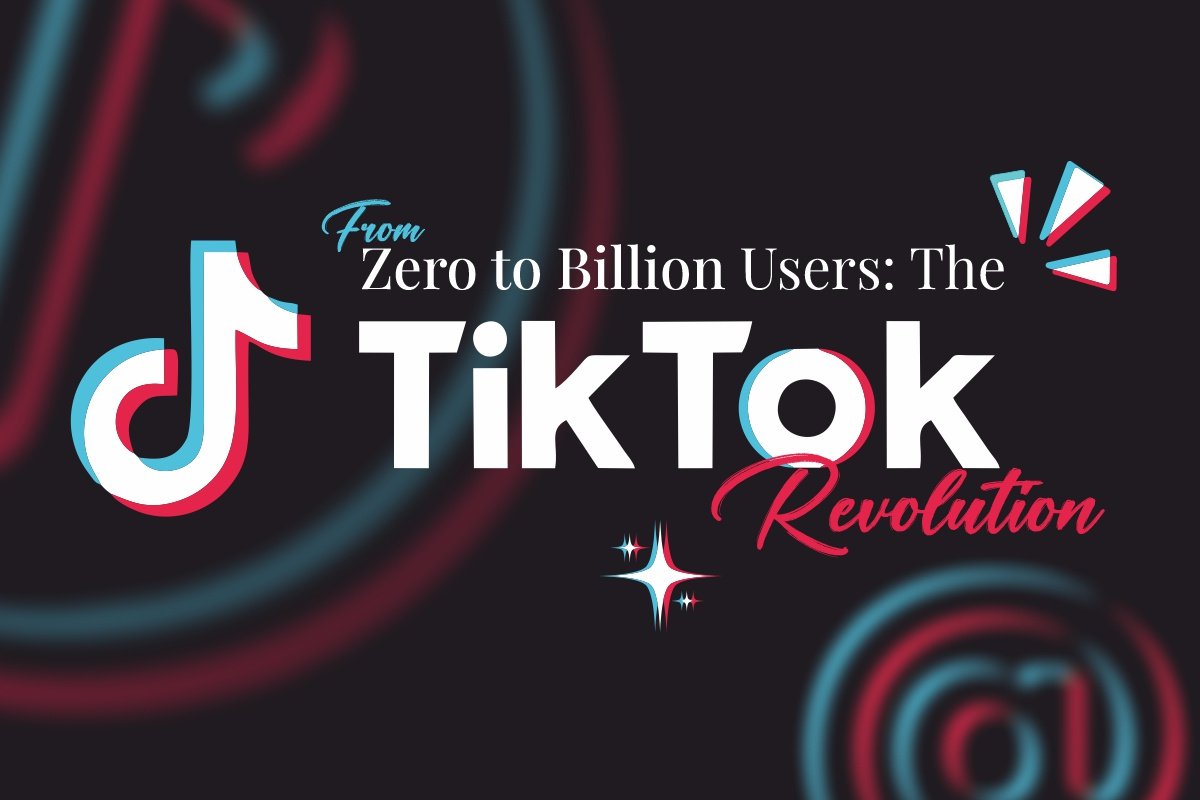(credit-getty-images-sundry-photography)
Whether it is a party on the weekend or just regular grocery shopping, Walmart is always preferred by U.S. citizens. If you are a tenant living on your own or you have a family to feed, Walmart products are affordable as well as accessible. Though Walmart has become a huge brand in the retail industry, it has faced ups and downs and still stands as the retail powerhouse. Have you ever thought what would have been its journey? What are the marketing strategy techniques that made it a successful company? In this article, you will delve into the basic know-how of Walmart and understand its journey closely.
Being a multinational powerhouse in the retailing industry, Walmart is based in the United States of America. Its various department stores focus their services on middle-class and lower-middle-class people. According to Fortune Globe 500, the company stands as the second-largest public corporation in the world. Today, it is one of the most valuable companies in the world that employing more than 2 million people. The organization is based in Bentonville, Arkansas. In 2009, it earned 51 percent of its $258 billion in sales from the U.S. grocery business.
The chronological order of establishment
1945: Sam Walton bought a Franklin franchise variety store, located at Newport. The moment served as a stepping stone for his future retail ventures.
1962: The first official store was inaugurated in Rogers by Sam Walton. It was mainly focused on providing customers with a wide range of products at lower prices.
1969: In this year, the company developed into a publicly traded company, that is listed on the New York Stock Exchange, under the symbol “WMT.”
1970s-1980s: The rapid expansion of the company took place across the United States where various stores opened and grew into the dominant force of the retail industry. The company emerged with a new strategy of “Everyday Low Prices” (EDLP) in which efficient customers were targeted and it included dynamic Walmart products.
1983: In Washington, Missouri, the first Supercenter was launched. It combined the concept of the traditional discount store with grocery store along with a traditional discount store which will give a one-stop shopping experience to consumers.

(Credit-edition-cnn)
1991: The company started expanding its ventures outside the boundaries of the United States. The first international store was set up in Mexico City, Mexico. The event marked the beginning of its global expansion.
2000s: The company was expanding its business on both domestic as well as international levels. The Walmart Neighbourhood Market was introduced which included smaller grocery-focused stores and emphasized its commitment to satisfy customers at low prices.
2005: The sustainability business program was launched which was aimed at turning the company into the environment-friendly one. Catering to this, several initiatives were commenced incorporating waste reduction, less energy consumption, and promoting sustainable sourcing.
2010s: The focus was shifted to e-commerce and digital innovation to leverage technological upgradation to succeed in the retail industry. The organization started acquiring e-commerce companies like Jet.com and spent on improving online shopping experiences. This is how it stayed ahead of every competitor in the market.
2020s: Consumer preferences were put forward and expanded into other international markets. The company was targeting organic products to meet its commitment to uplift farmers of the country. It is evolving every day and adapting itself to technological advancements.
Mergers and Acquisitions
Being a retail giant, Walmart revolutionized the industry with its low-cost business model. It nurtured exceptional customer service along with an extensive product range. Due to prioritizing affordability and convenience, Walmart has become a common household name. Today it is serving millions of customers at the international level and maintaining its position as a leader in the retail industry. Its mergers and acquisition deals have become headlines not just in US newspapers but also in worldwide news.
The organization has encountered cultural challenges during acquisitions and mergers that took place in its journey. Due to human resource negligence issues, some of its mergers and acquisitions failed miserably, however, it demonstrated how cultural issues are not considered when international business affairs arrive. For example in the Argentinian Market, the company experienced insensitivity to the culture of Germans, South Koreans, and Latin America. It added to employee demotivation due to which the company became incapable of competing with others.
Success Strategy
Every successful organization builds its unique strategy which gives successful results and creates benchmarks for others to follow. If you want to build your business on the larger platform then read these tactics applied by Sam Walton:

(Credit-nbcnews)
1. Emphasis on low prices: The famous “Everyday Low Prices” strategy emphasizes life-essential products whose prices are kept low to target middle-class and lower-class people. It helped products to gain a wide customer base. The company cracked the budget-conscious shoppers and values their convenience.
2. Large-scale operations: Walmart stores are operated in around 27 countries and its massive scale allows them to negotiate lower prices with suppliers and spread fixed costs across many stores. Such larger-scale operations allowed the company to deal with investors and build trust with them. According to records, its customer experience was enhanced due to deals cracked at higher management levels.
3. Innovation and technology: Being a leader in the retail industry, Walmart was among the first companies that leveraged a cashless payment system, barcoding, etc. With the help of technology, it improved the customer experience and invented new operational techniques. For example, the company has spent heavily in the field of e-commerce and has innovated technologies, such as its automated pickup towers and its use of robots to clean floors and track inventory.
4. Prioritizing employee satisfaction: It is better known as a tough employer in the market, however, the company made efforts to revamp working conditions and enhance employee satisfaction in recent years. In 2019, the company increased its starting wage to $11 per hour and offered additional employee social and economic benefits.
5. Strong corporate culture: The strong work culture incorporates efficiency, frugality, and customer service. Sam Walton, founder of the organization known for his hands-on leadership style and commitment to serving customers. He made sure that similar leadership values were passed down to subsequent generations of leaders.
Overall, there are various factors that contributed to the growth and development of Walmart and the company emerged as a giant in the retail industry.
Challenges
Ethical Issues:
Regardless of being the largest private employer worldwide, Walmart has faced ethical issues with respect to gender discrimination, exploitation, and compensation of workers. Moreover, the higher management took a stance against developing worker’s unions that could work to improve working conditions. In 2013, National Labor Relations sued the company due to its low wages. It was proved that the company had violated the rights of employees and imposed illegal restrictions. Despite the pressure from employees, it suspended workers who participated in the strikes, which eventually led to employee turnover.
COVID-19 Pandemic:
Due to the COVID-19 pandemic, more than 60 stores were closed and the Omicron variant disrupted the retail industry. The crisis situation restricted direct contact with customers and limited their access to various retail services. For instance, in Maryland, a store was shut down due to the high emergence of COVID cases among the communities. Soon, it was recommended by The Centers for Disease Control and Prevention to close retail stores in the area.
Sustainability/ Environmental Issue:

(Credit-corporate.walmar)
According to Food and Water Watch and the Institute, Walmart stores are not following performance standards based on environmental protection. The company ran into the issue of vending substandard products as it reduces the durability and quality of goods. Issues of reduction of waste, lagging behind renewable energy sources, overuse of electricity, etc were the most prominent ones. Today, Walmart has taken a long time goal to operate 100 percent renewable power and leverage technology for sustainable development.
Walmart International
People prefer Walmart due to its lower and sustainable products which help them to save money and live better. To bring value and convenience to millions of customers, Walmart International is operating in 19 countries outside the U.S.
The unique global perspective of the company builds connections and brings innovations to the market to make customers’ lives easier. Moreover, strategic partnerships are built through equity investments to support core businesses.
Walmart International is building a strong strategy that includes small and medium businesses and simultaneously generates growth for the company and partners. Ultimately, it leaves a positive impact on stakeholders.
Walmart International includes more than 5,100 retail units and approximately 550,000 associates around the world. Additionally, the products are sold by the Global Sourcing Unit which includes apparel, homeware, jewelry, hardlines, and more throughout the world. The unit is upholding the reputation of the company as the most trusted retailer in the world, by regularly auditing the practices of suppliers and working with them through the Walmart Responsible Sourcing Program to help them meet high standards.
FAQs
- How many Walmart stores are active?
Globally, there are 10,500 active Walmart stores and 20 Sam’s Clubs US in 27 countries. Before FY2023, the company will be employing 2.1 million associates worldwide.
- What time Walmart is closing?
The closing and opening times of Walmart stores vary according to the area. However, most of them are opening at 7 am and close at 8.30 pm.
- What is Sam’s Club US?
An American chain of membership, Sam’s Club US is the only retail warehouse club owned and operated by Walmart Inc. It was established in 1983 and named after Sam Walton, founder of Walmart, Sam’s Wholesale Club.






